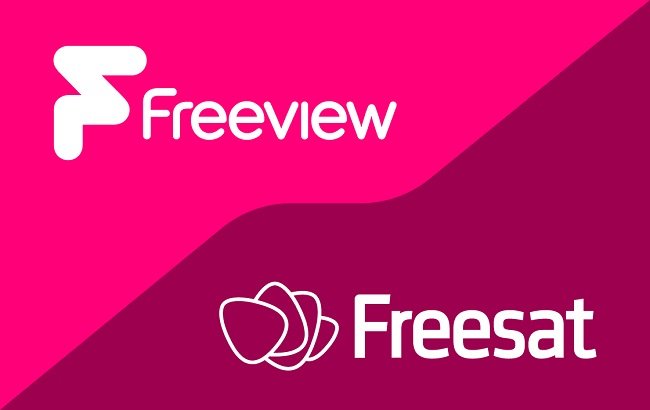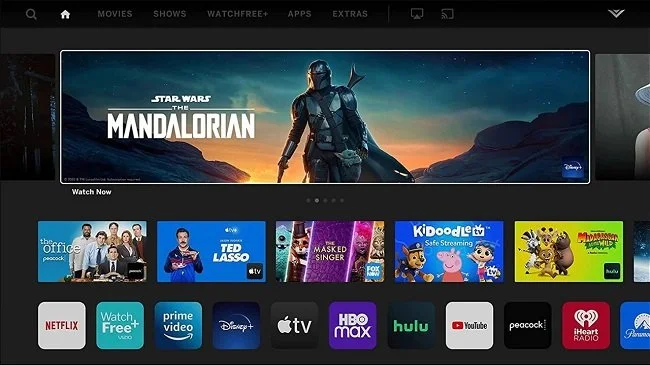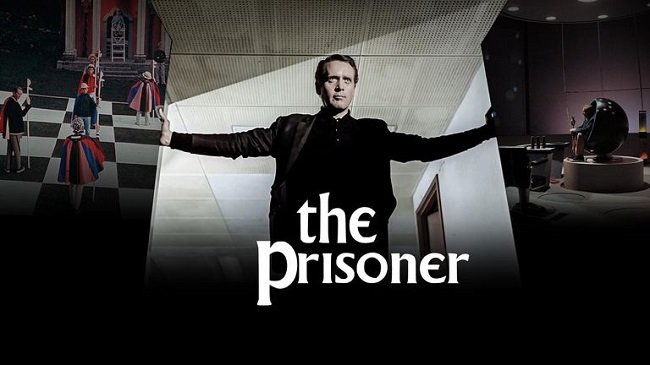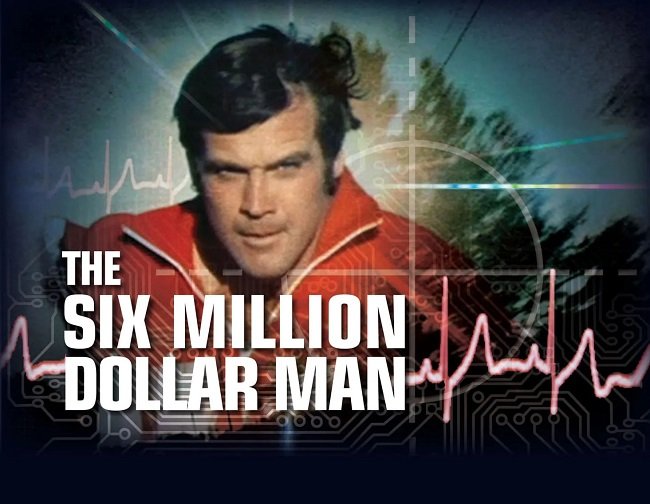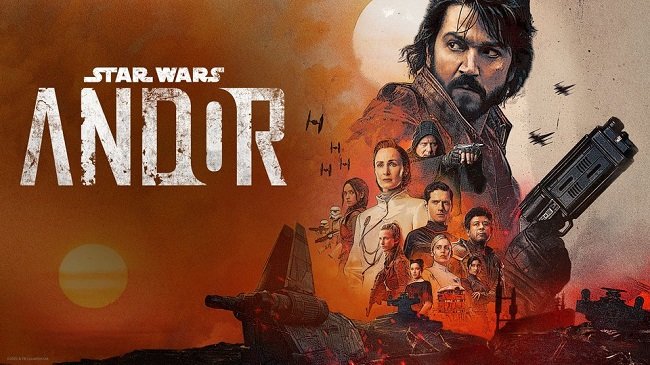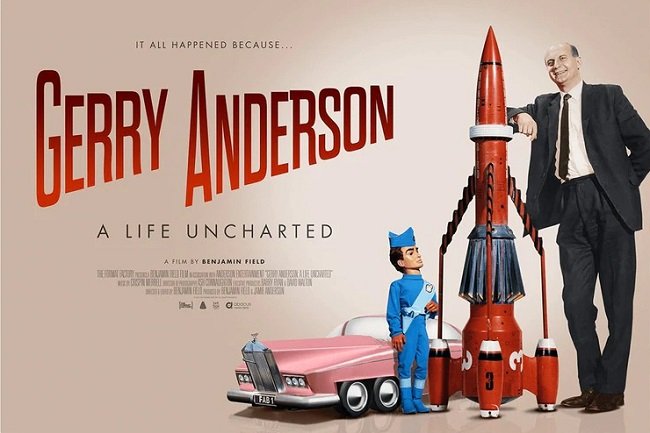TV in the UK Part 2
Freeview and Freesat provide digital terrestrial TV access in the UK
If you don’t want to pay for streaming services, or premium digital satellite and cable content, then your choice in the UK is somewhat limited. You can receive all “free to air channels”, IE the ones that have advertising, via the digital terrestrial platform Freeview. Most UK televisions have Freeview access built in. Alternatively, the same selection of channels are available via the digital satellite platform Freesat. You can also buy either Freeview or Freesat digital video recorders and require only a rooftop aerial or satellite dish respectively to access these platforms. Most DVRs come with additional IPTV functionality built in along with the most popular streaming apps, so additional subscription services can be added if the viewer so desires. Freeview and Freesat carry a mixture of high definition and standard definition channels. Internet based services offer 4K content.
Until recently, our household has used Freeview, along with some additional IPTV channels and streaming apps for our television requirements. However, it has not been especially good value for money. The DVR that is supplied by our broadband provider, performs poorly and the extra channels we pay for are only in standard definition. So we have chosen not to renew our contract. We have moved over to Freesat, which broadly offers the same channels as Freeview, although more are in HD. Beyond the initial hardware costs, Freesat incurs no further charges. I recently changed my cell phone contract and received a year’s subscription to Netflix. As a regular Amazon Prime customer, we also have access to Prime Video. For the present these services are to be our main source of television content. We regularly avail ourselves on free trials, discount codes and other promotional opportunities so we can access other platforms. Thus we do not face “TV poverty”.
Freesat 4K Recordable TV Box
I spent some time researching what TV services are available in the UK, prior to changing from Freeview to Freesat. What I learned was quite discouraging. Television has changed its business model, just like the music industry and those changes are not beneficial to the customer. The dominance of streaming services has led to a decline in DVR production. Streaming services run on a subscription model, whereas digital terrestrial and satellite services rely on a hybrid of advertising and paid for content. TV is now a compartmentalised industry and although there is still a substantial audience in the UK, it is spread over a wider variety of platforms. Hence advertising reaches a smaller audience. DVRs further compound the problems, allowing viewers to bypass adverts. Thus there are less new DVRs coming to market, because user control of content is not good for business.
There is also a broader decline in physical media sales, again because streaming services appear to negate the need for it. Sadly, the reality is about removing customer choice and placing control in the hands of the vendor. Disney is reducing the availability of a lot of its classic content on physical media to drive customers to its streaming service. However, a lot of material from Disney’s back catalogue remains absent from its streaming service and a lot of content is being altered to make it compliant with what Disney consider to be “modern sensibilities”. Looking at streaming services from a wider perspective, a lot of content is licensed from third parties, to supplement original material. This means that content can come and go quickly once licensing arrangements expire. At one point, Netflix in the UK had access to all respective Star Trek shows. An arrangement that ended once Paramount Plus launched.
Apps available on Freesat
We are now living in an age where the entertainment industry (along with others) have decided that ownership or at least paying once to access material is not an adequate business model. Streaming, be it audio or video content, addresses this offering a service where the customer pays continuously for continuing access but has no direct control beyond that. Choice is very much dependent upon what the streaming platforms currently have licensed and there is always scope for material to be removed from access when licensing arrangements change or end. Due to a finite customer base being divided among an ever increasing group of vendors, subscription services are proving an “inadequate” revenue stream. Hence we are now seeing advertising being introduced on lower tiers of subscription. If the customer objects they can pay to remove it.
Due to the cost of producing content for streaming services, many platforms are now opting to release material in a weekly schedule to maximise audience retention and return on investment. Hence, we are currently experiencing a return to “appointment television”, although for a much more compartmentalised audience. Shows such as Reacher and Severance are released weekly and immediately become the focus of intense online debate on subreddits and the like. For those who think this is in some way a return to the viewing habits of the seventies, it comes with a substantial loss of agency. Adverts are forced upon viewers, where they could in the past be bypassed via a VCR. Furthermore, if you wish to avoid spoilers then you have to eschew all social media until you have watched the program in question. Once again it would seem that “choice” and “progress” are not as beneficial as they first appear.






